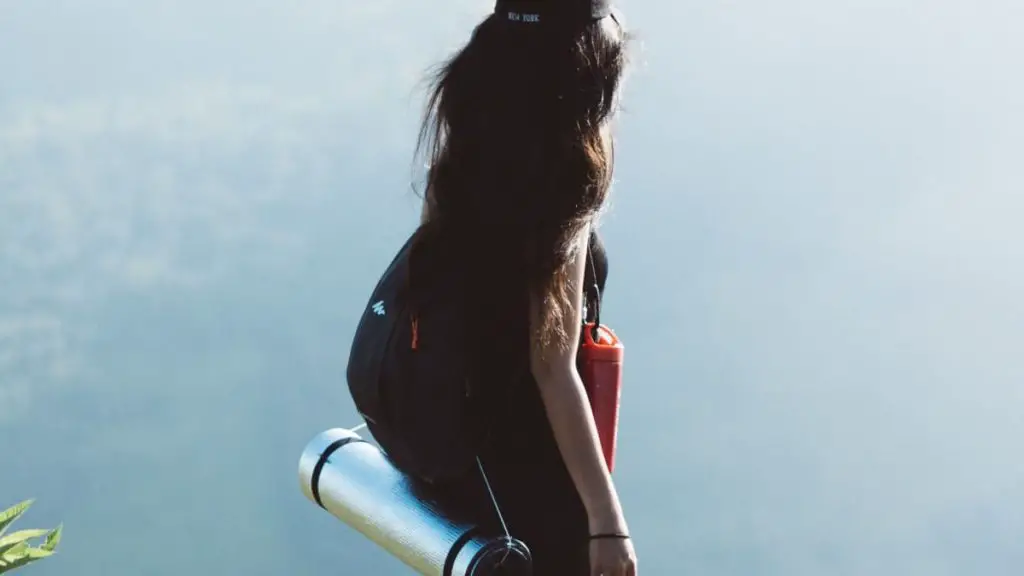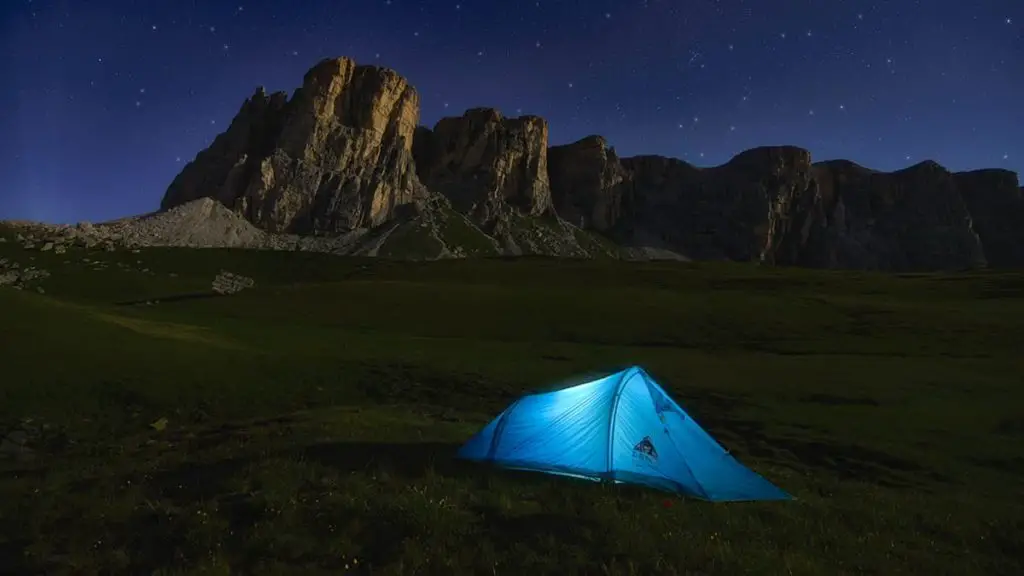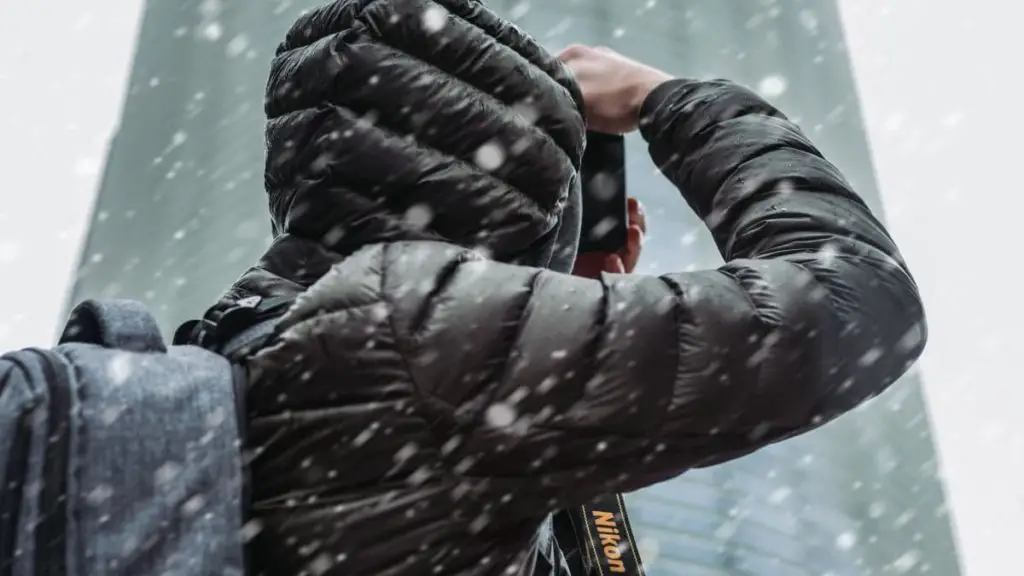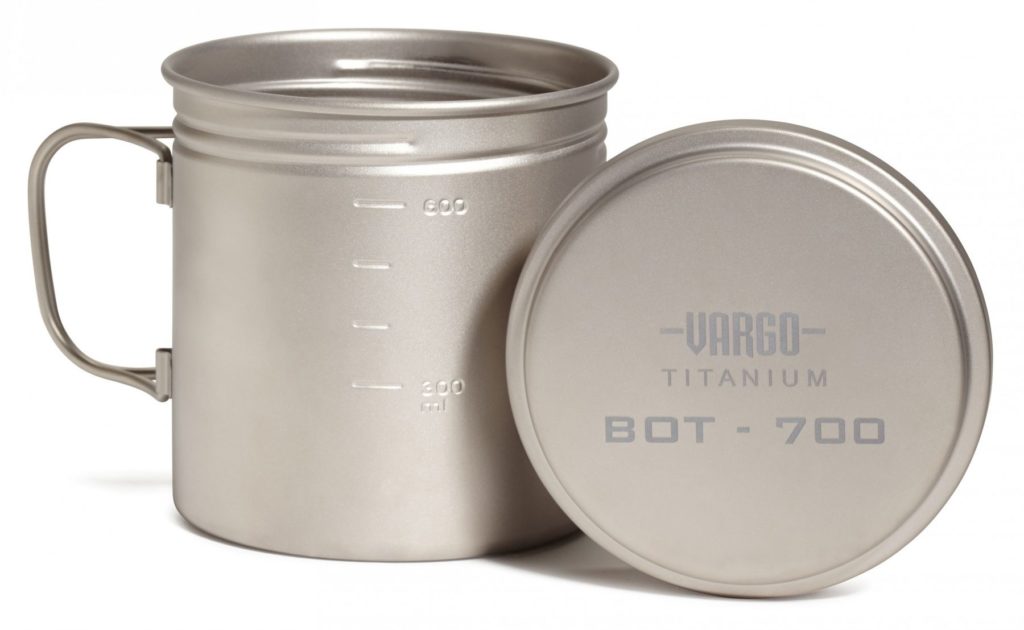The primary reason to cut your backpacking base weight is when you are doing long distance hikes like the PCT, AT, and CDT you need to carry weight at your sweet point for effectiveness, safety and longevity.
Many first time thru-hikers find after the first day or two that they have started with far too much gear and their base weight is just way too high.

Why Cut Your Backpacking Base Weight?
Base weight definition is the weight carried in your pack without the weight of food, water and fuel. Below we are going to go over some easy tips and ways to help manage and prepare for your thru-hike.
Preparing in advance instead of when you get to the trailhead, this will also let you better prepare your body and mind for the trek ahead.
Invest In A Quality Item Scale
When trying to track your total base weight and overall weight it will help you tremendously to have a good quality scale which can weight grams and ounces.
The best scales I have found are actually food scales and while this may sound silly, a scale can help tell you the actual weight of your items in a much finer level than most other methods to weighing your gear.
Your next step will be to start at your current overall weight pack and start looking at replacing the heaviest items first as this typically gives the best weight to cost in reduction.
As you slowly transfer those items to the lower weight versions your cost to saved weight will decrease, meaning you will face larger and larger costs for micro weight drops.
Track Everything
You will want to use some form of tracking for your gear. I know LighterPack is used by many people to make it easy and online, others will use Google Spreadsheets, or Microsoft Excel.
The reason to track is over time many gear pieces in your overall list you may find you may use less often or possibly never. Those items you would want to remove and a list and tracking would let you keep track of this over some time to see the trend.
I have created this google spreadsheet to manage your gear, just make sure to copy to your own local google drive space.
Spend Your Money On The Big 3

The big three are the gear which will be your heaviest and largest expenditures, this also means they yield the fastest and most straight forward weight drop for your pack. The big three are your tent, sleeping system (bag and pad), and your backpack.
The ability to drop your overall base weight by 50% or more can come from focusing on your big three items. This can mean a drop in a pack weight from 10 pounds to under 3-4 pounds which is a large weight savings!
Focusing your effort and a majority of your budget on these items will show the biggest dividends in minimizing your base weight.
Maximize Your Clothing And Layering

Learning how to wear your clothes instead of packing them in your pack has its benefits. Learning to effectively layer on your clothing for the weather you will encounter is an effective way to lower your overall gear being carried.
Find Multi-Purpose Gear
Multi purpose gear is most definitely one way to cut excess weight without losing functionality in your pack. By multi-purpose we are talking about gear which serves more than one primary function within your set.
Example: Trekking poles being used for your tent as the tent poles, this removal of tent poles will cut your weight by a pound all by itself.
The more multi-purpose gear you add to your pack the more one-use items you will be able to cut out of your pack. As stated above though this will be more removal of ounces at this level then pounds if you have managed your big three correctly.
Ditch Camp Shoes
Many of us love to have the end of day “relax” shoes or flip flops, etc. These by and far aren’t a required item and they can be left at home. Most of the time in camp if you need shoes then you can slide on your hikers for the little bit of time.
You should instead remove all you can from your feet and allow them to breath and relax for the upcoming day. This little amount of time before sleep can help your feet repair and patch up themselves more effectively.
Minimize Luxury Items
You may say that you need some of the above as a luxury. While this is true luxury items are adding weight to your pack for minimal use time.
Maximize your luxury items value by making sure they are something that will be used often and frequently while on the trip.
Example: Sleeping pillow for camp, now this may not add much weight in many cases it is used for around 6-8 hours per day making it more valuable then camp shoes which you use for maybe an hour each day.
These are the thoughts around luxury items you should keep in mind when making those kinds of decisions.
Drop Items Which You Don’t Use
You should be performing multiple hikes and gear shakedowns prior to any thru-hike and really any hike in general. The reason for this is that a gear shakedown helps you figure out which gear in your packs isn’t actually needed or utilized and lets you remove the gear that isn’t utilized.
The reason for multiple hikes is the same, maybe you remove something and come across a need and you want to add it back in, a shakedown isn’t only about removal but overall in optimization of your backpack to get the best gear while maintaining a good weight too.

Dial In Your Cook Kit
This is where some weight can easily be shaved off your backpack as frequently hikers believe they need to bring a cook kit with fuel and a burner.
Or, instead, you can switch to an ultralight alcohol stove as an interesting approach. If that isn’t for you you can always look into the BRS ultralight stove!
Instead, maybe try to run stove-less and learn more about cold soaking foods for meals instead. Cold soaking is actually more my approach as I can have food preparing while I am hiking.
Then when I stop I am ready to eat, though be aware this will possibly take a few meals to adjust to if you always eat warm foods!
Don’t Sacrifice Safety For Weight
Please for the love of all that is holy, stay safe and don’t cut safety items to lower your base weight. Please take time and know that you more than likely don’t need a 1 pound injury kit in most cases but don’t leave yourself in a precarious situation to “hit a number”.
This is another reason why you need to perform shakedowns to find the safety gear you require on hikes and then add on anything that is required for the specific weather and issues you will be handling on the trail.
Minimize Stuff Sack Use
Don’t over-pack using stuff sacks as this can easily add up to a pound of weight for only minimal help. Learn instead how to more efficiently pack up your backpack without the use of extra bags to split out each individual item or group.
Dry Your Gear Prior To Repack
This is specifically for you if you try to pack up early in the morning while you have dew and moisture on your gear. If you pack with the dew and moisture on the gear you will be carrying it until you unpack it later in the day.
This may not seem like much extra weight but try to work on shaking out as much as you can from your gear before you store it for the next day of hiking. Water is very heavy and can add serious weight if not given the proper attention it deserves.
Don’t Pack Extra Batteries
If you plan to night hike or have gear which requires batteries you really don’t want to carry extra ones with you on the trail. They add useless weight that only becomes useful should you run batteries out of your existing devices.
Instead you should plan to switch to new batteries at each town opportunity or only if you know for a fact you are planning to night hike in a section where you will need to replace them.
Learn To Camel Up
Drink until totally satisfied before leaving a water source. This will help cut down on the amount of water that you need to carry between sources on the trail.
The weight of water is around 2.2 pounds per liter. So if you carry 3 liters of water this means you are now carrying around 7 pounds in pure water with you on the trail, instead drink until totally satisfied and carry only 2 liters which drops you to lower than 5 pounds in water weight.
YouTube Cut Your Backpacking Base Weight
I found a good video from YouTube from Bigfoot with some additional tips and tricks for cutting your base weight if you would like to hear some more from the community as a whole.
Final Thoughts on Cutting Your Backpacking Base Weight
One thing every hiker will do over time is work to start cutting weight from the gear they need the least or larger chunks from upgrades on their big three.
As you go longer and longer each ounce matters more and more which drives you to cut feverishly but just remember to stay sane and not to cut too sharply and not to cut safety items!

